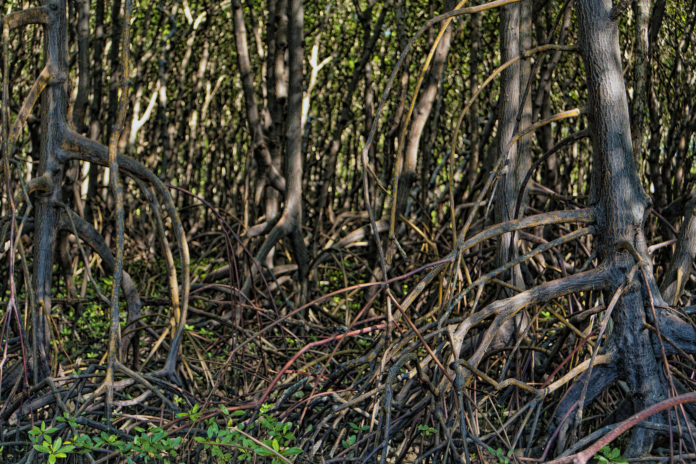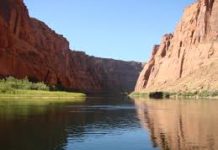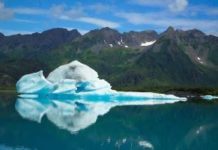
Our world’s climate is changing, and certain parts of the globe are hit much harder than others. One particularly hard hit area is the coastal mangroves of Brazil, and this is making it harder for some people to make a living. Some fishermen in the mangroves catch crabs, and this is very different from the fishing that you’re probably familiar with.
A lot of these fishermen don’t use nets or fishing line, and they often reach into the muck of the mangroves with their bare hands. In many cases, these fishermen earn a very meager income of as little as 50 dollars a week.
However, climate change is reducing the amount of crabs that can be caught, and one fishermen said that he only catches half of what he used to 10 years ago. In this relatively brief period of time, the water line has moved three meters inland.
While people in these regions often do not have a lot of contact with the outside world and lack access to technology, people in the area are quite familiar with global warming. There are two reasons why climate change is causing water levels to rise, and one is that the melting of ice puts more water into the ocean. The other reason is that water expands as global temperatures rise.
Unfortunately, global warming may have past the point of no return when it comes to people who make a living by crab fishing in the mangroves of Brazil. If carbon emissions were completely stopped, sea levels would still go up another 2-3 meters within the next 200 years!
This is actually ten times the amount that ocean levels have risen during the last hundred years. Furthermore, it is unknown how much carbon emissions will be decreased in the future, and substantial change is needed to reduce the rate of global warming. You can watch a video about the story at this link.





